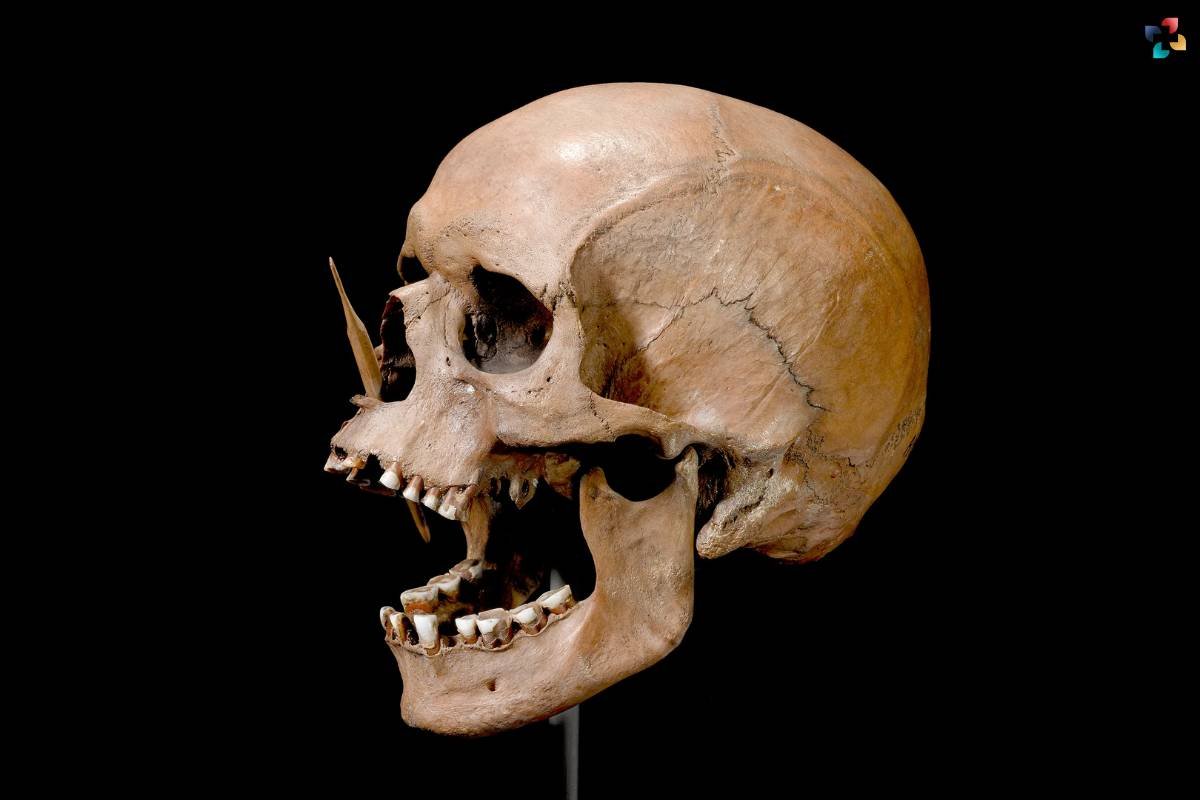Source-Scientific American
Researchers examined the factors influencing geographic variability in the prevalence of multiple sclerosis (MS) and the influence of both environmental and genetic factors on the onset of the disease in a new study that was published in Nature.
Context
There is limited information available regarding the inherited risk of multiple sclerosis, a neurological disorder that is most common in Northern Europe. Geographical location and ethnicity have different rates of prevalence for this brain and spinal cord disorder. Multiple sclerosis is thought to result from gene-gene and gene-environment interactions, with environmental triggers initiating a cascade in genetically susceptible individuals.
Approximately thirty percent of the risk of developing an illness is attributed to environmental and lifestyle factors. Some of the global variation in multiple sclerosis prevalence among mixed ethnicities may be explained by the European genetic heritage.
Concerning the study
In the current work, modern European ancestry relative to ancestral populations was calculated using a large ancient genomic dataset that included genomes from the Mesolithic and Bronze Ages as well as the Mediaeval and post-Medieval Ages. They looked into the possibility of positive selection and the lifestyle-specificity of the selection targets for polymorphisms linked to increased risks of MS.
The study analysed environmental factors that would have led to the selection of risk variants, such as pathogen exposure and human subsistence behaviour. The team examined ancestry at particular loci (‘local ancestry’) for 410,000 white British individuals registered with the United Kingdom Biobank (UKBB) using reference panels of 318 deoxyribonucleic acid (DNA) samples from the Neolithic and Mesolithic, inclusive of steppe pastoralists.
By comparing ancestry at single-nucleotide polymorphisms (SNPs) to genome-level ancestries in the UKBB, the team was able to calculate anomaly scores. Autoimmune diseases like multiple sclerosis and rheumatoid-type arthritis (RA), which are characterised by systemic inflammation primarily affecting body joints, are strongly associated with the human leukocyte antigen (HLA) site.
With the addition of current data, the collection of 1,750 imputed diploid shotgun-sequenced ancient genomes—1,509 of which are from Eurasia—created a virtually complete transect spanning from 10,000 years ago to the present.
Linkage disequilibrium of ancestry (LDA), a novel summary measure, was developed by the researchers as they looked into the possibility of using ancestry to predict traits. Using CLUES (n = 32), they examined LD-pruned MS-associated SNPs with a genome-wide relevant trait association and statistically significant evidence for selection in one or more ancestries. The researchers contrasted the MS results with those of RA, a systemic inflammatory illness known for its characteristic abnormalities of the joints.
In an effort to identify the mechanisms behind the increased genetic risk in hunter-gatherer populations and the ensuing negative-type selection, they conducted a comprehensive literature search for pleiotropic effects of LD-pruned SNPs that showed statistically significant evidence of selection.
Outcomes
Yamnaya-related migration brought pastoralists from the Pontic Steppe to Europe about 5,000 years ago, and with it, the genetic risk for multiple sclerosis. Positive selection of these immunogenetic variants linked to multiple sclerosis (MS) emerged in the steppe population and then spread to Europe. This is probably because pathogenic challenges coincided with changes in diet, lifestyle, and population density. The LCT/MCM6 location on the second chromosome, recognised as influencing lactase persistence, and the HLA region on the sixth chromosome displayed the most extreme ancestry compositions.
The highest risk ratio for MS was seen in Steppe ancestry across all HLA SNPs. The most protective ancestries were often the farmer and outgroup ancestries, suggesting that a steppe-derived haplotype at these places increases the risk of MS. Farmers and outgroup ancestry had the lowest ARS, while steppe heritage had the highest for MS, followed by Caucasus hunter-gatherers (CHG), western hunter-gatherers (WHG), and eastern hunter-gatherers (EHG) ancestry. Consequently, among linked SNPs, steppe ancestry carries the highest risk for MS.
Despite MS showing connections in the HLA area with steppe and farmer ancestry, the sample population of self-identified white British persons was relatively underpowered regarding MS (1,949 cases and 398,049 controls; 0.49% prevalence). In three of the four major LD blocks within the HLA region, local ancestry explained significantly more variance than genotypes.
The researchers discovered statistically significant selection signals in the WHG, EHG, and CHG routes but not in the ANA path, suggesting that between 5,000 and 2,000 years ago, disease risk was selectively higher.
With roughly similar proportions of EHG and CHG ancestry, the steppe’s pastoralist population was most likely the source of the result. They discovered a distinct ancestral risk profile for RA, with the most important genetic risk factor being HLA-DRB1*04:01. The ancestry of WHG and EHG often contributed the highest overall risk at RA-related SNPs. The majority of selected SNPs displayed correlations with defence against particular infections and infectious illnesses across all pathways.
In summary
The study’s overall conclusions demonstrated that, in a changing environment, the immune responses of today and the probability of getting multiple sclerosis were greatly impacted by the Neolithic and Bronze Age periods. Over 10,000 years of drastic lifestyle changes produced a diverse genetic lineage, which is one of the factors contributing to the highest genetic risk for MS in the modern era. This inheritance is the result of continuing selection in admixed groups in Europe, which occurred in tandem with pastoralist lifestyles in the Pontic-Caspian steppe and positive selection.
The study addressed the controversy surrounding the north-south gradient in MS incidence in Europe and made the case that high and diverse genetic ancestry-specific selection on immune response genes was a consequence of pathogen-human co-evolution.
Also Read: The Entire Mammalian Brain’s Cell Map Has Been Revealed By Scientists











